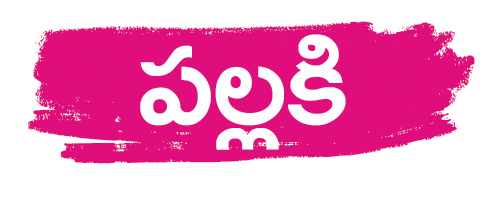The Mudgala Purana is a sacred Hindu text that holds profound significance for devotees of Lord Ganesha, known as Ganapatyas.
Alongside the Ganesha Purana, it stands as one of the two exclusive scriptures dedicated entirely to Lord Ganesha.
Rooted in ancient tradition, the Mudgala Purana delves into various narratives and ritualistic elements connected to the beloved deity.
Central to the Mudgala Purana is the belief that Lord Ganesha embodies the ultimate reality of existence.
The text acknowledges the infinite manifestations of Ganesha, but it highlights eight primary incarnations that hold particular importance.
These incarnations symbolize different stages of the absolute reality as it unfolds into creation.
Each incarnation carries a profound philosophical meaning, intertwined with engaging tales of battles against demons.
Let’s briefly explore these significant incarnations:
- Vakratunda – Representing the aggregate of all bodies, Vakratunda manifests as the form of Brahman.
Overcoming the demon Matsarāsura (envy, jealousy), Vakratunda rides upon a majestic lion.
- Ekadanta – Symbolizing the aggregate of all individual souls, Ekadanta embodies the essence of Brahman.
His purpose is to conquer the demon Madāsura (arrogance, conceit), with a humble mouse as his mount.
- Mahodara – Combining the aspects of Vakratuṇḍa and Ekadanta, Mahodara represents the wisdom of Brahman.
This incarnation enters the creative process and confronts the demon Mohāsura (delusion, confusion), riding alongside a mouse.
- Gajavaktra (or Gajānana) – With an elephant face, Gajavaktra aims to defeat the demon Lobhāsura (greed).
His mount, a mouse, accompanies him in this endeavor.
- Lambodara – The first of four incarnations aligning with the creation of Puranic gods, Lambodara corresponds to Śakti, the pure power of Brahman.
Lambodara’s mission is to overcome the demon Krodhāsura (anger), accompanied by a mouse.
- Vikaṭa – Symbolizing Surya, the illuminating nature of Brahman, Vikata assumes an unusual form.
His purpose is to conquer the demon Kāmāsura (lust), and he rides upon a magnificent peacock.
- Vighnarāja – Corresponding to Vishnu, Vighnaraja embodies the preserving nature of Brahman.
His mission is to overcome the demon Mamāsura (possessiveness), with the celestial serpent Shesha as his mount.
- Dhūmravarṇa – Representing Lord Shiva, Dhumravarna embodies the destructive nature of Brahman.
His incarnation aims to conquer the demon Abhimanāsura (pride, attachment), while being accompanied by a mouse.
These eight incarnations, outlined within the Mudgala Purana, shed light on profound philosophical concepts while captivating readers with tales of heroism and divine battles.
Devotees continue to cherish the Mudgala Purana for its invaluable teachings and its enduring relevance in the realm of Hindu spirituality.



